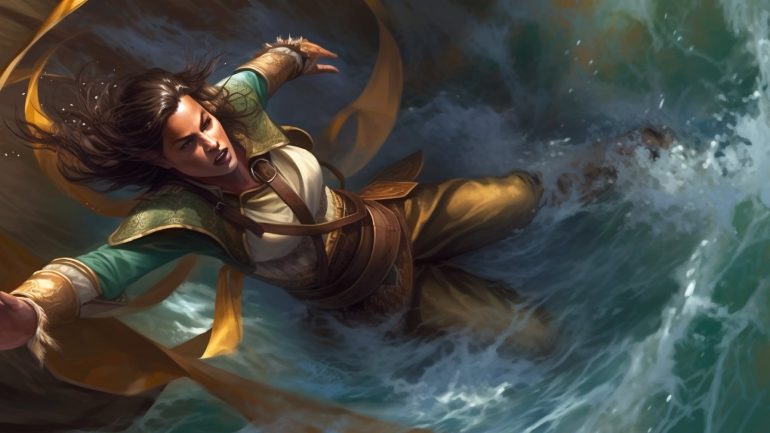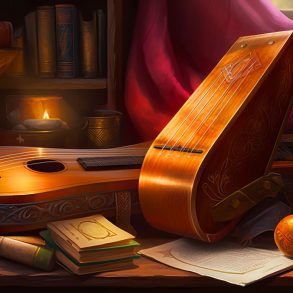Sometimes you will find yourself on the receiving end of an effect that requires you to make a Saving Throw (ST), such as a fireball, a charming spell, or most if not all poisons, and so on. Basically, anything that isn’t affected by armor (except spells like Magic Missile and Sleep that work differently) will typically require a saving throw of some kind.
Each Ability Score has a corresponding Saving Throw to go along with it. In previous editions, these were known as Reflex, Fortitude, and Willpower, which were based on Dexterity, Constitution, and Wisdom respectively. These Saving Throws still exist and are even the most used Saving Throws, though the old titles are replaced with the ability score the names are based on.
Each Saving Throw has a general set of uses which are as follows:
- Strength: Resisting a force that restricts, binds, or moves you.
- Dexterity: Area based effects, most traps, keeping your balance.
- Constitution: Resisting Poison, Disease, being Petrified and other physical ailments.
- Intelligence: Disbelieving an illusion or mental assaults that can be beaten by reasoning, sharp memory, or both.
- Wisdom: Resisting outside influences that attack your will (e.g. causing the Charmed or Frightened conditions).
- Charisma: Staving off effects such as Possession that would take over your personality, or send you to other planes of existence.
Death Saving Throws
This is the saving throw you make at the start of your turn if you’re at 0hp, you don’t add any ability score to the roll, just rolling a single d20, and tracking if you succeed or fail. A roll of 10 or above is a success, a 9 or below is a failure. Once you hit three successes, you stabilize and don’t need to make roll anymore Death saves (you remain unconscious). If you instead gain 3 failures your character unfortunately dies, rolling a 1 counts as two failures, and rolling a 20 allows you to regain consciousness with 1hp. Some class features may give advantage or a bonus to this save, any feature that applies to all saving throws will also apply to Death Saves, such as a Paladin’s aura or Monk’s Diamond Soul.
Each saving throw has a bonus, and you can be proficient in them. Your starting class determines what Saving Throws you are proficient in, and if you are proficient in them, you add your Proficiency bonus to the bonuses, which are otherwise equal to the ability score modifier that it is based on. You can gain additional Saving Throw Proficiencies through some class features (e.g. the Monk’s Diamond Soul) and the Resilient feat.
Finally, when rolling a saving throw, you roll 1d20 and add the Saving Throw Modifier to the result, plus any other modifiers granted by features, items, or other things that grant bonuses such as a ring of protection. Some features allow you to roll certain saves at advantage, or reroll the save instead of adding a flat bonus.
And though yes the explanation is a little long-winded as most of D&D can be, when you break it down, it’s really easy, especially if you pre-calculate everything when you level. And now with that, good luck on those rolls!






